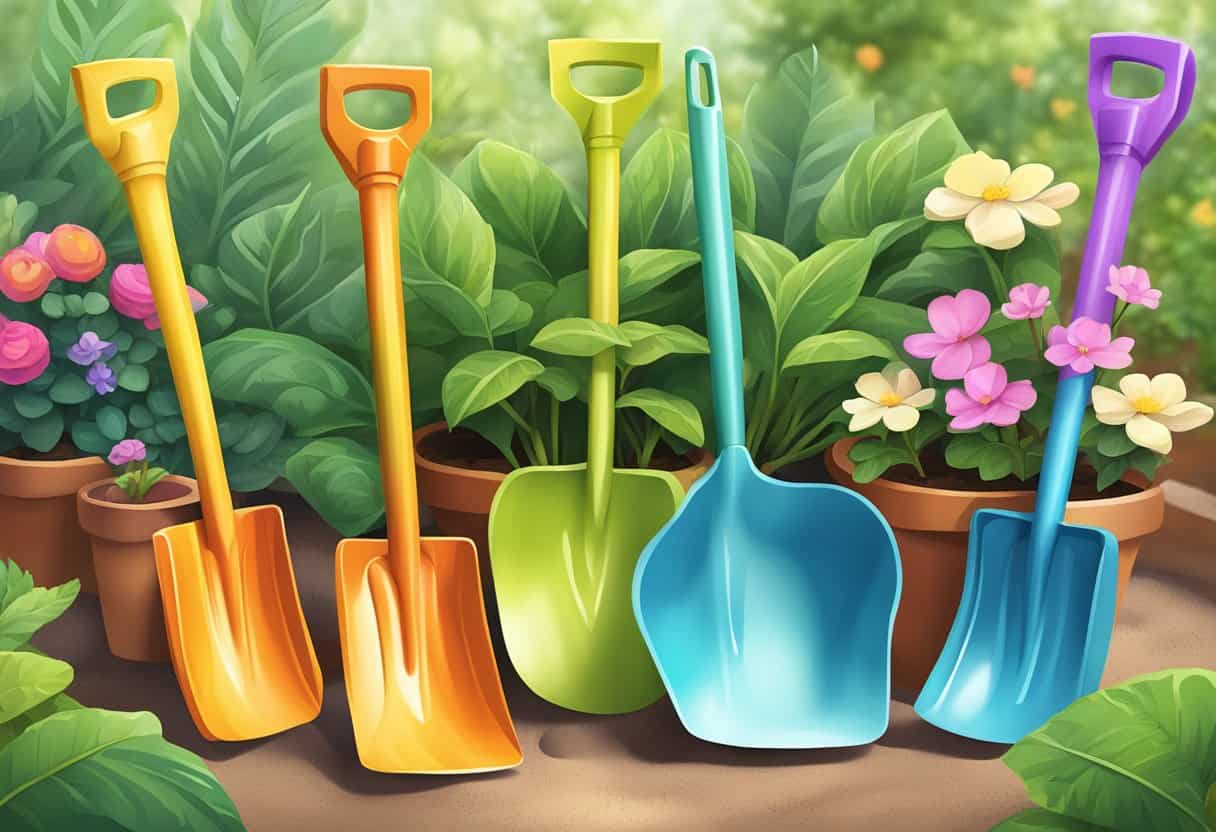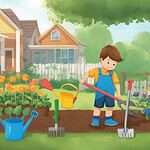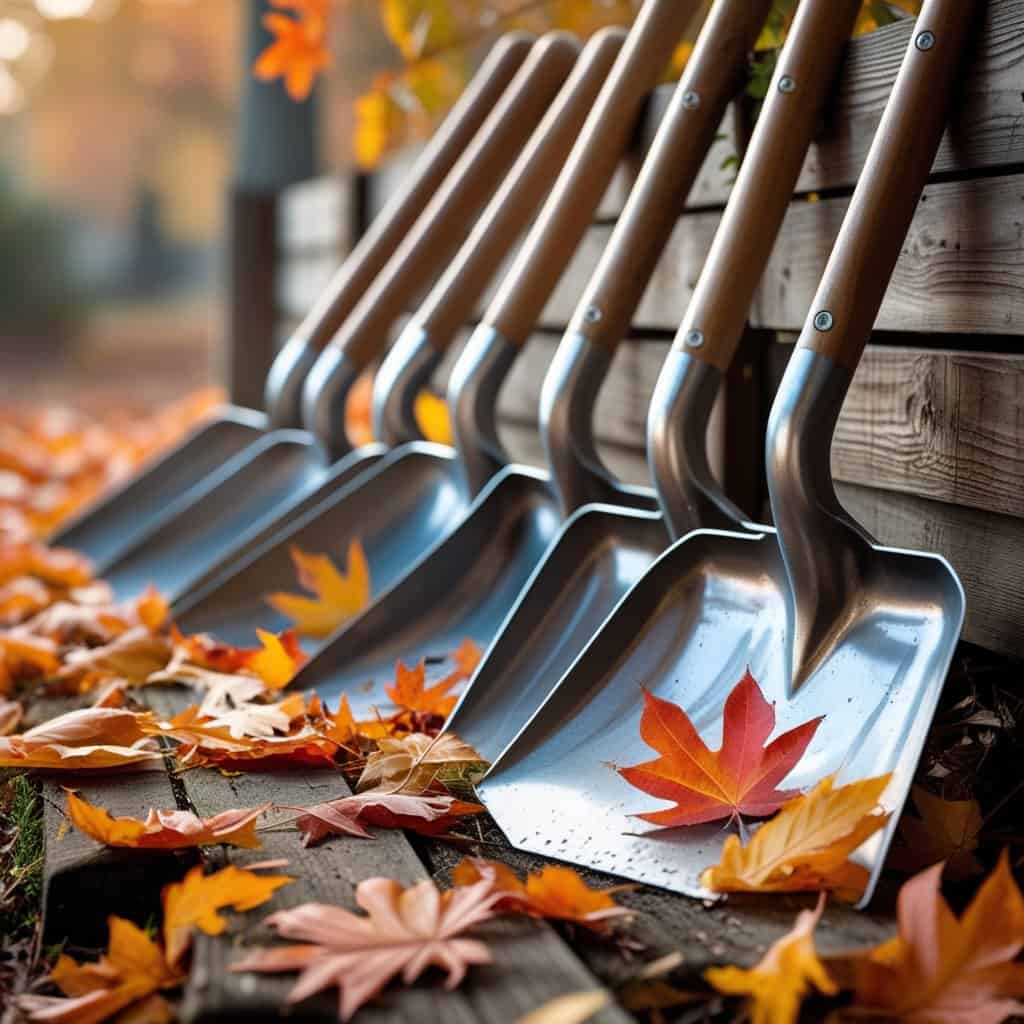Introducing children to gardening can instill in them a love for nature and a sense of responsibility that lasts a lifetime. Providing young gardeners with the appropriate shovel ensures their safety and enjoyment. Children’s shovels, explicitly designed for smaller hands, are an ideal starting point. These tools are not only safer for children, but they also make the gardening experience more accessible and enjoyable.
Table of Contents
Children’s Shovels Teaching How To Use
Introducing children to gardening includes teaching them how to use shovels properly. Focus on ensuring they understand the importance of correct grip and posture and the methods for digging and lifting safely. If you are looking for recommendations on the best childrens shovel our post Buying Children’s Shovels will help you.
Proper Grip and Posture
Grip: Instruct children to hold the shovel with both hands, one near the top of the handle and the other a few inches down from the blade. This provides control and leverage.
Posture: Demonstrate how to stand with feet shoulder width apart for stability. When applying force, children should keep their backs straight and bend their knees slightly, using their legs, not their backs.
Digging and Lifting Safely
Digging: Show how to use their leg muscles rather than their upper body to push the shovel blade into the soil to prevent strain.
Lifting: When lifting soil, teach them to keep the shovel close to their body and bend with their knees and legs, not their backs. It’s crucial to carry only what they can handle comfortably to avoid overexertion.

Incorporating fun activities can make learning enjoyable and memorable when teaching children how to use a shovel properly. Here are some game ideas that can help children learn to use their leg muscles for digging and proper lifting techniques:
1. Treasure Hunt:
- Create a treasure map with various spots marked for digging.
- Guide the children to use their legs to push the shovel into the ground at each spot.
- Please encourage them to bend their knees and use their leg strength to drive the shovel into the soil, keeping their backs straight to avoid strain.
- Once they find a “treasure,” they should use the proper lifting technique to move the soil and retrieve their prize.
2. Shovel Relay:
- Set up a course with start and finish lines and have small piles of soil or mulch at the starting point.
- Divide the children into teams; each member must use the shovel to move a portion of the pile from start to finish.
- Emphasize that they should keep the shovel close to their body, bend their knees, and lift with their legs when transferring the soil.
- The next team member goes after the previous one has properly lifted and carried the soil to the finish line.
- Please remind them only to carry what they can handle to mitigate injury.
3. Garden Tag:
- In this game, children will use shovels to ‘tag’ each other by gently touching the other’s shovel with their own.
- They must move around the garden area, and when they’re about to tag someone, they should use their legs to gain speed and momentum instead of relying on their upper body.
- This game helps them understand the importance of leg movement and coordination.
4. Plant the Flag:
- Give each child a flag to plant in a designated soft soil area.
- Show them how to use their foot and leg muscles to push the shovel into the ground to make a hole for the flag.
- Then, use proper lifting techniques to fill the hole back in and pack the soil around the flag, using their legs to apply pressure to the shovel.
5. Soil Sculptor:
- Challenge the children to create shapes or sculptures using soil or sand.
- They will need to dig, lift, and move the soil to shape their sculptures using the techniques you have shown them.
- This activity allows them to practice repeatedly, which will help reinforce the correct body mechanics.
Remember to supervise the children closely during these activities to ensure they use the proper techniques without straining themselves. Praise them for using their legs and maintaining good posture, as positive reinforcement will encourage them to keep practicing the correct methods.
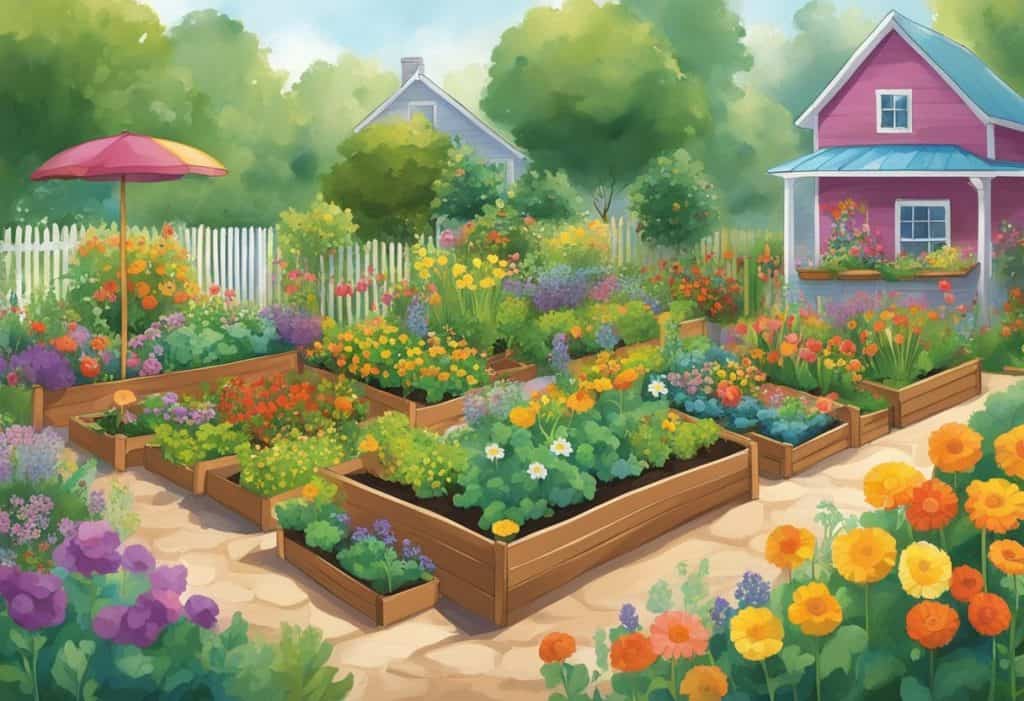
Maintaining Children’s Shovels
Proper maintenance of children’s shovels ensures their longevity and safety. Focus on cleaning, storing, inspecting, and maintaining these tools to keep them in prime condition for use in the garden.
Inspection: Check for splinters or cracks in wooden handles and any loose screws or bolts before, during and after use. Ensure that metal parts are free from rust and sharp edges.
Cleaning: After use, rinse the shovels with water to remove soil. A soft bristled brush is helpful for stubborn dirt. Dry them thoroughly to prevent rust.
Storing: Store the shovels in a dry, cool place. Hanging them on hooks or pegboards keeps them off the ground and prevents damage.
Maintenance: To keep shovels functional, tighten any loose parts and sand down rough spots on handles. Apply a thin layer of oil on metal parts to protect against rust.
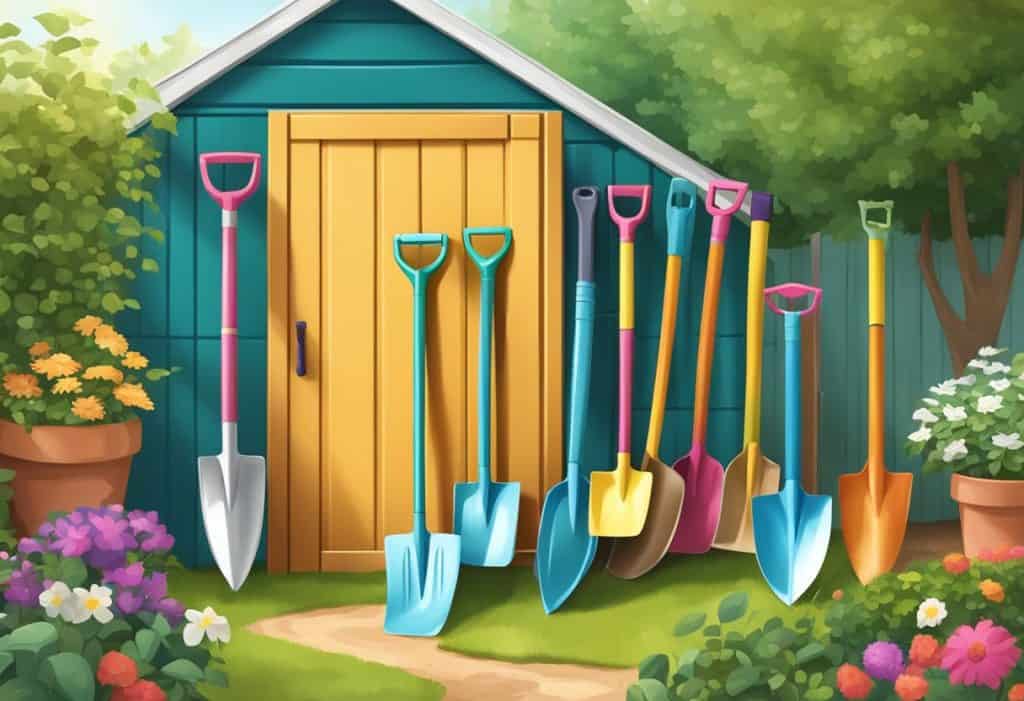
Teaching children about the care and maintenance of their shovels can be educational and fun. Here are some leisure activity ideas to engage children in the process:
1. Shovel Inspection Detective:
- Turn the inspection process into a detective game where children are tasked with finding any issues with their shovels.
- Give them a checklist of things to look for, such as splinters, cracks, loose screws, and rust.
- Once they have completed their inspection, they can report their findings to the “chief detective,” an adult or older child, who can show them how to address any issues.
2. Clean Up Race:
- After a gardening session, organize a clean up race where each child is responsible for cleaning their shovel as quickly as possible.
- The catch is that they must clean it correctly, using water and a brush, and then dry it thoroughly.
- The first to finish cleaning and drying their shovel correctly wins a small prize or recognition.
3. Shovel Storage Challenge:
- Create a storage area with hooks or pegs labelled with each child’s name or pictures for those who cannot read yet.
- Challenge the children to correctly hang their shovels in their designated spot after cleaning.
- This teaches them the importance of storing tools correctly to prevent damage.
4. Maintenance Workshop:
- Host a “workshop” where children can learn how to maintain their shovels.
- Show them how to tighten loose screws or bolts and sand any rough spots on wooden handles.
- If age is appropriate, demonstrate how to apply oil to the shovel’s metal parts to prevent rust and let them practice on their shovels under supervision.
5. Shovel Personalization:
- Allow children to personalize their shovels by painting the handles or adding stickers.
- Explain that taking care of something they’ve personalized will make the experience more meaningful.
- This activity can be a reward after they’ve demonstrated good maintenance practices.
6. Tool Time Storytelling:
- Create stories where the shovels are characters that need care to stay “healthy” and “happy.”
- Use storytime to discuss how rust is like a “cold” for the shovel and how cleaning and oiling are like “feeding” it to keep it strong.
7. Garden Guardians:
- Assign each child the role of a “Garden Guardian,” responsible for the well being of the gardening tools.
- Regularly, they can check on the tools and report on their condition, learning responsibility and the importance of routine maintenance.
By turning the maintenance of shovels into interactive and enjoyable activities, children are more likely to engage with the process and learn the value of taking care of their tools. Always ensure that any maintenance tasks are age appropriate and that children are supervised, especially when working with oils or performing tasks requiring more strength or skill.
Final Thoughts
Introducing children to leisure activities like gardening is a beautiful way to cultivate their appreciation for nature and instill a sense of responsibility that can last a lifetime. Ensuring young gardeners have access to the right tools, such as appropriately sized children’s shovels, is crucial for their safety, enjoyment, and success. Let’s nurture our future gardeners by providing them the tools they need to dig, plant, and grow in the garden and life.
Frequently Asked Questions
How can you introduce young children to gardening in a safe manner?
We recommend beginning with simple activities involving soft soil and constant supervision. The key is to use child friendly tools that fit their tiny hands and aren’t too heavy.
What are the differences between gardening tools for adults and those designed for children?
Children’s gardening tools are usually made with lighter materials, smaller sizes, and have safety focused designs. The design ensures they fit a child’s grip and offer a limited range of motion to prevent overexertion.
What types of gardening activities using shovels are appropriate for toddlers?
Toddlers can engage in simple activities like moving small amounts of soil, digging tiny holes, or making patterns in the dirt, ensuring the soil is loose and free of rocks.

